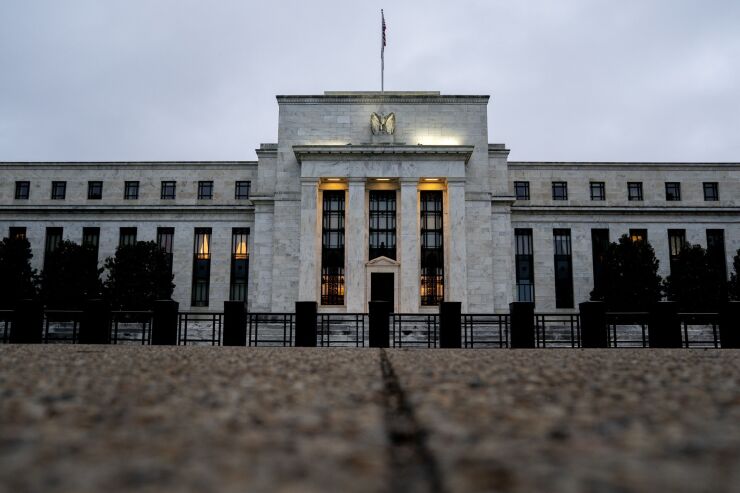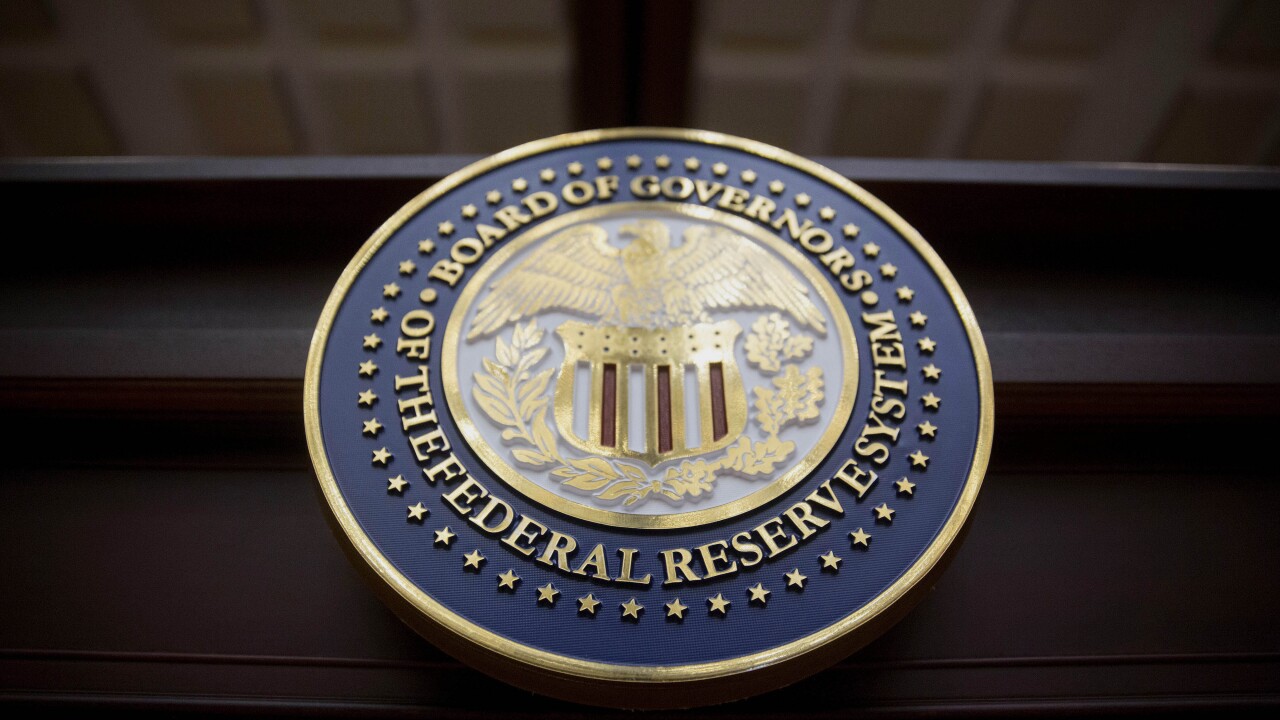
A lot has changed in the past four years:
But one thing has not: leverage requirements.
In March 2021, the Federal Reserve
Leverage capital requirements are insensitive to risk, forcing banks to choose higher-returning assets over low-risk assets, including U.S. Treasuries. That deters leading U.S. banks from helping the government meet its ever-increasing borrowing needs, harming market functioning and liquidity, and leading to higher interest rates across the country.
Fed Chair Jerome Powell in February
I agree.
I agree because what happens with leverage capital requirements goes far beyond the banking sector.
The U.S. Treasury market underpins every other financial asset in the world. Accordingly, problems in the U.S. Treasury market migrate broadly throughout the rest of the financial system. Strains immediately lead to increased borrowing costs for households and entrepreneurs, such as for home mortgages, car loans, business loans and student debt. Further, the government must pay more in interest on its debt, leading to higher costs for taxpayers. All of that has a ripple effect throughout the economy.
The need for reform has never been more pressing for two main reasons.
First, since COVID-19, the Federal Reserve's balance sheet has nearly doubled, increasing banking sector assets. As a result, leverage capital requirements, initially intended as a backstop to risk-based requirements, have become more restrictive for leading U.S. banks, their customers and the economy at large.
The Treasury secretary criticized post-crisis bank rules as outdated and burdensome, vowing to streamline financial regulation, revamp supervision and reduce constraints on private enterprise.
Second, the U.S. government is spending more and more to pay off its growing debt. For the first time ever, the government is spending more to service the federal debt than on national defense. And economists at the Federal Reserve Bank of Boston last year warned that constraints on banks from leverage capital requirements may prevent them from absorbing additional federal government debt.
There are clear potential solutions, and one has already been tested.
In 2020, banking agencies
Other ideas include replacing certain requirements with risk-based measures or enacting reforms to minimum leverage requirements through congressional action. It is possible a combination of solutions may be needed.
Banks play a crucial role in maintaining financial stability and supporting economic growth. One key mechanism for stability is sensible, risk-based capital requirements. Current leverage-based requirements are outdated, counterproductive and urgently need reform to better serve U.S. taxpayers, capital markets, consumers, businesses and the economy.
Washington isn't known for moving quickly, but four years is still a long time to wait for change. I appreciate the recent attention to this issue and look forward to quick action for taxpayers and the economy.






